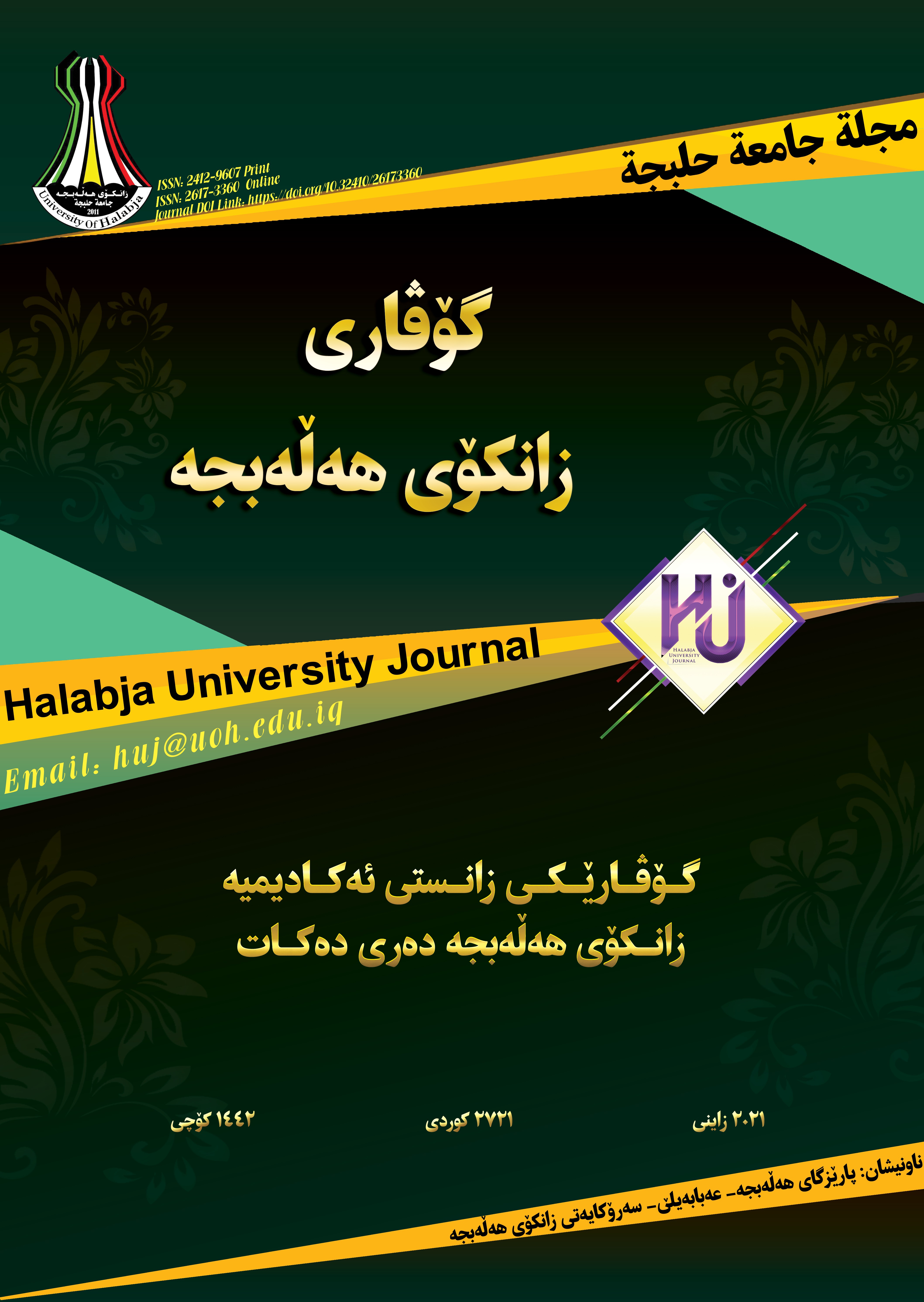The Implications of Using Electronic Devices (iPad as an Example) By Kindergarten Children
DOI:
https://doi.org/10.32410/huj-10377Keywords:
Implications, Electronic devices, iPadAbstract
The aim of the current research is to identify the implications of using electronic devices (iPad as an example) by kindergarten children of (social, psychological, physical-physical and linguistic), Aspects in general and according to the variables of sex, age and time spent in using electronic means, for that purpose a scale consisting of (30) items and with (always, a lot, sometimes, a little, never) choices, the scale was distributed on (70) children selected intentionally and the sample totally was (51), with (28) boys and (23) girls .
Finally, the results showed that there is an effect of the iPad on all four aspects in general and especially the social aspect, and the results also showed that there were no statistically significant differences between children in the impact of the iPad according to the (gender and age) variables,
but there was statistically significant differences between children in the impact of the iPad device according to (time spent in using iPad), So that the more time in using the leads to more impact on children in all the aforementioned aspects.
Key Words: implications, electronic devices, iPad.
References
سەرچاوەكان
بعزيز. ابراهيم(2012)تكنولوجيا و الاتصال الحديثة و تأثيراتها الاجتماعية و الثقافية,دار الكتب الحديث,القاهرة.
سميحة,برتيمة(2016-2017)الالعاب الالكترؤنية و العنف المدرسي- دراسة ميدانية على عينة من تلاميذ متوسط الشهيد عروك قويدر- بلدية المرارة ولاية الوادي-رسالة ماجستير غير منشورة, جامعة محمد خيضر- بسكرة.
الشمالية,ماهر عودة,الحام,محمود عزت,كافي,مصطفى يوسف(2015), الاعلام الرقمى الجديد,دار الاعصار العلمى للنشر و التوزيع,عمان.
طقاطقة , شيرين (2018) تعريف الأجهزة الذكية, mawdoo3.com, تاريخ 22/8/2020.
الكندري,هبة( 2019) الدور التربوي للأجهزة الذكية (ألأيباد) للنمو الغوي لدى أطفال مرحلة رياض الأطفال من وجهة نظر أولياء الأمور بدولة الكويت, مجلة البحث العلمي في التربية, العدد, الجزء 13.
هاجر, غناي(2016-2017) أثر أستخدام تكنولوجيا الاتصال الحديثة في التنشئة الاجتماعية للطفل الجزائرى- دراسة ميدانية على عينة من الاولياء بمدينة أم البواقي, رسالة ماجستير غير منشورة, جامعة العربي بن مهيدي – أم البواقي .
سهرچاوهی ئینگلیزی:
Alzannan, Badr M. M. ,2015, The Effect of Using Ipad on the Achievement of Children in Layla Kindergarten in Saudi Arabia, IOSR Journal of Research & Method in Education (IOSR-JRME) e-ISSN: 2320–7388,p-ISSN: 2320–737X Volume 5, Issue 1 Ver. II (Jan - Feb. 2015), PP 58-65 .
Bartholow, B.D., Bushman, B.J. and Sestir, M.A., 2006. Chronic violent video game exposure and desensitization to violence: Behavioral and event-related brain potential data. Journal of experimental social psychology, 42(4), pp.532-539. DOI: https://doi.org/10.1016/j.jesp.2005.08.006
Hjorth, Larissa (2011) Games and Gaming an Introduction to New Media, Berg, Oxford - New York.
Khoo, Elaine, etc, 2015, iPads and opportunities for teaching and learning for young children, Faculty of Education, The University of Waikato Campus Crèche Trust, Hamilton.
Kuta, Cristina E.,2017, The Negative Impact of Excessive Screen Time on Language Development in Children Under 6-Years-Old: An Integrative Review with Screen Time Reduction Toolkit and Presentation for Outpatient Pediatric and Family Health, University of Massachusetts Amherst, College of Nursing.
Neumann, Michelle M, Neumann, David L,2017, The use of touch-screen tablets at home and pre-school to foster emergent literacy, Journal of Early Childhood Literacy, Griffith University, Downloaded from http://hdl.handle.net/10072/348630.
Saylor, Cristi M., Rodriguez, Gloria,2012, Using the iPad and a Sequence of Apps for Young Children with Multiple Disabilities, California Beaf- Blinb Services, (Vol. 17, No. 2).
Schleicher, Andreas, 2019, Impacts Of Technology Use On Children: Exploring Literature On The Brain, Cognition And Well-Being, OECD Education Working Paper No. 195.
Singer, Jaclyn, 2015, The Effects of Ipad Devices on Elementary School Students’ Mathematics Achivement And Attitudes, A thesis from Northeastern University Boston, Massachusetts.
Downloads
Published
Issue
Section
License
Copyright (c) 2021 SettingsJwan Bahaden Ali

This work is licensed under a Creative Commons Attribution-NonCommercial-NoDerivatives 4.0 International License.
Authors who publish with this journal agree to the following terms:
- Authors retain copyright and grant the journal right of first publication with the work simultaneously licensed under a Creative Commons Attribution License [CC BY-NC-ND 4.0] that allows others to share the work with an acknowledgment of the work's authorship and initial publication in this journal.
- Authors are able to enter into separate, additional contractual arrangements for the non-exclusive distribution of the journal's published version of the work (e.g., post it to an institutional repository or publish it in a book), with an acknowledgment of its initial publication in this journal.
- Authors are permitted and encouraged to post their work online (e.g., in institutional repositories or on their website) prior to and during the submission process, as it can lead to productive exchanges, as well as earlier and greater citation of published work (See The Effect of Open Access).






